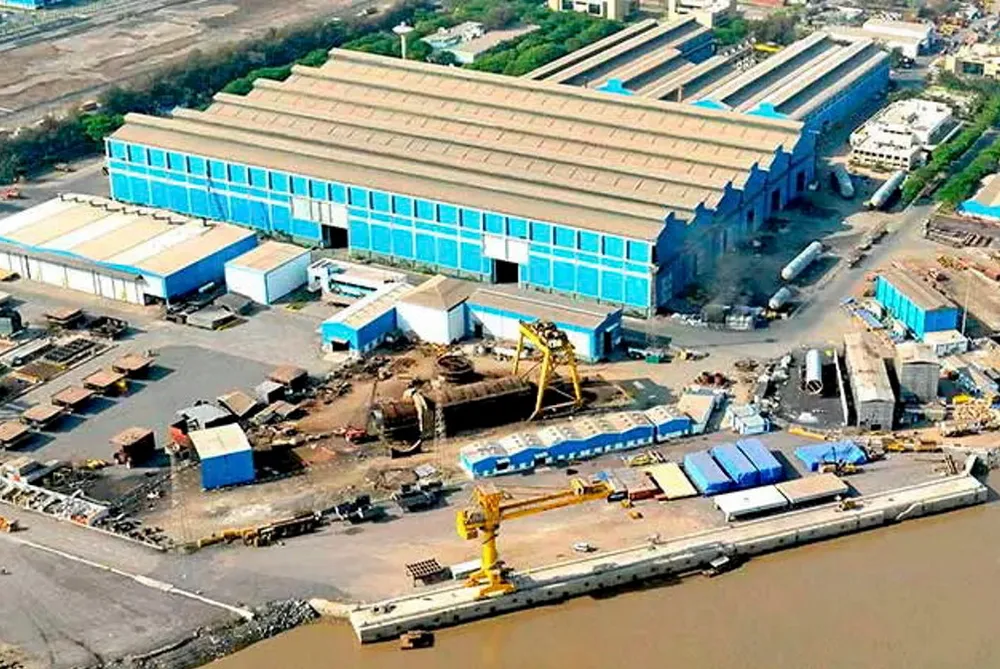Larsen & Toubro installs its first electrolyser — made in-house in India using licensed McPhy technology
The EPC firm commissions pressurised alkaline equipment at heavy engineering yard in Gujarat

The EPC firm commissions pressurised alkaline equipment at heavy engineering yard in Gujarat
